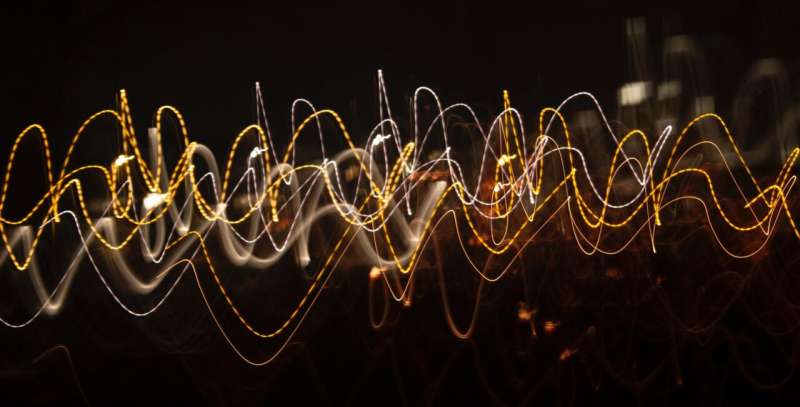Phys.org March 14, 2023
Currently existing photocathodes are based on conventional metals and semiconductors that were discovered six decades ago with sound theoretical underpinnings. An international team of researchers (China, Japan, USA- Northeastern University) has observed unusual photoemission properties of a reconstructed surface of SrTiO3(100) single crystals. Unlike other positive-electron-affinity (PEA) photocathodes, their PEA SrTiO3 surface produced discrete secondary photoemission spectra at room temperature, characteristic of the efficient negative-electron-affinity photocathode materials. Using several photon energies they were able to produce a very intense coherent secondary photoemission. According to the researchers the observed emergence of coherence in secondary photoemission points to the development of an underlying novel process on top of those encompassed in the current theoretical photoemission framework, and their work presents an example of a fundamentally new class of photocathode quantum materials, opening new prospects for applications that require intense coherent electron beams without the need for monochromatic excitations, electron filtering or beam acceleration… read more. TECHNICAL ARTICLE

Credit: Unsplash/CC0 Public Domain